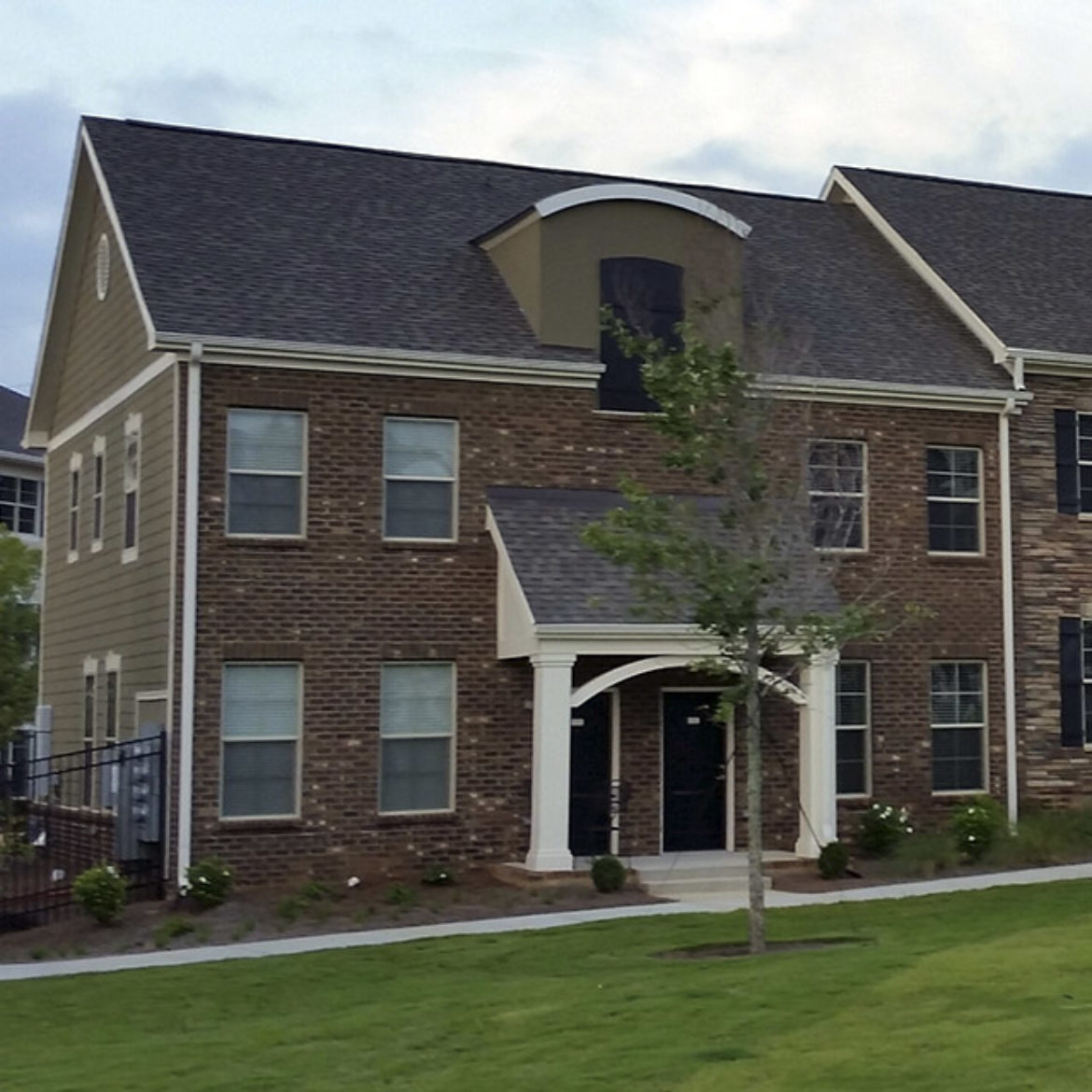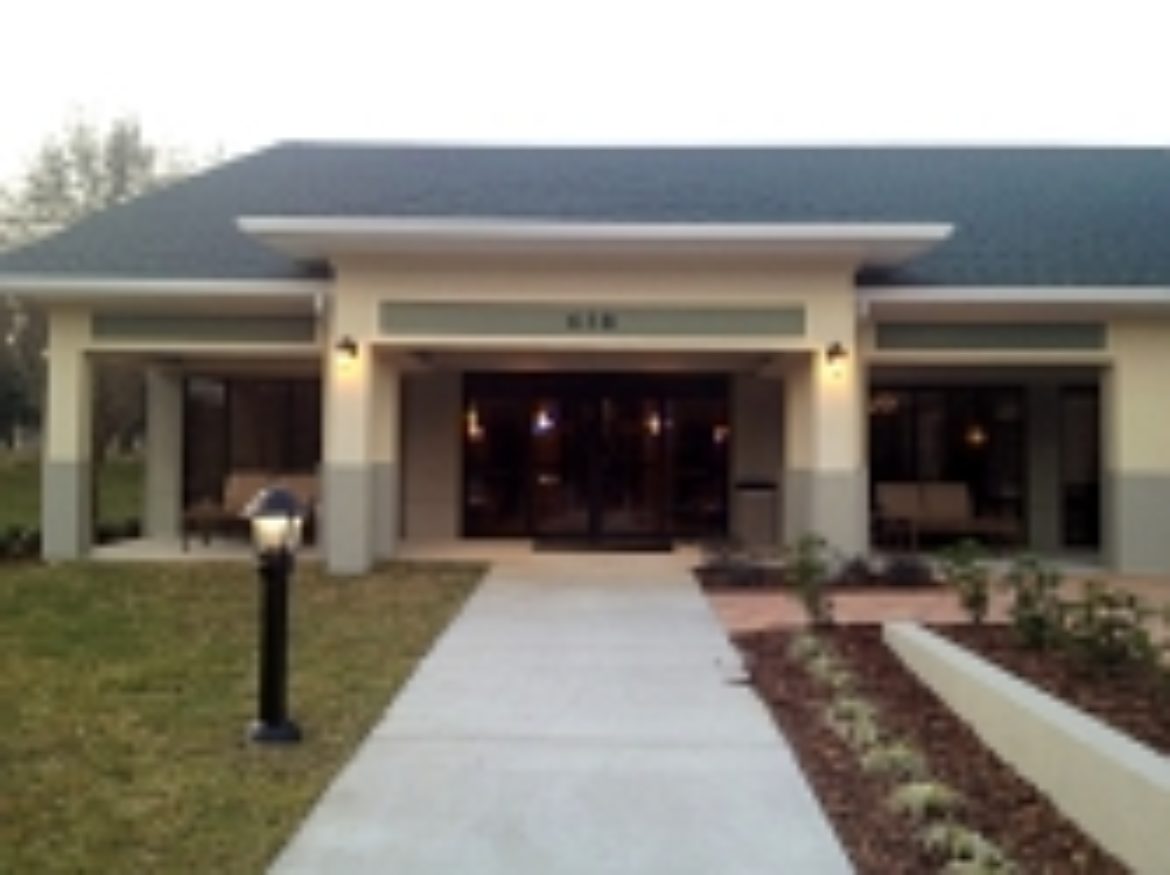Residential Property Roofer & Roofing Services Serving The South Including Acworth GA, Albany GA, Auburn AL, Birmingham AL, Corpus Christi TX and More!
Below is a list of common problems we find in roofing.
Click on the + sign to expand for more detail.
Shingles are not a waterproofing material. When installed correctly, they do “shed” water. However, if installed on a flat roof, they would allow massive seepage. The way shingles work is by their overlapping design. As the previous layer is covered by the next it creates a stair step water shed design, disallowing seepage. A stair step design also has a vertical component to it. If each row is not offset correctly, water may enter the system.
Whenever two different roof pitches transition a specially designed flashing is needed to bridge the slope change. When a roof does not have the correct flashing, is relying on sealant to disallow seepage. Over time the sealant will deteriorate and allow leaks. If pitch transition on your roof does not have any flashing in it, eventually the roofing materials and mastic used to seal this area will cause interior damages.
Flashing seams must be overlapped correctly and an adequate amount of sealant placed in between the overlap area to ensure proper waterproofing at the ell flashing transition area. If ell flashing seams are separating it will need additional sealant. The correct way to repair this area is to replace the flashing with new. That is the only way to ensure the flashing detail area will not leak.
As with all roof-top objects it is important that proper water flow and installation are considered. Flashing that is not layered correctly and sealant that is applied incorrectly are causes of water seepage. This will happen if a vent flange on a roof was not installed correctly with the proper overlap procedure. Sealant often does a good job covering up the installation error, but it will begin showing signs of deterioration. Adding sealant may prevent seepage temporarily but is not a roof cycle solution. The vent should be replaced and installed correctly.
Flying debris, animals and old rooftop items can all cause holes in the roof. Punctures are major concern because there are no roofing materials protecting the building from water intrusion.
Although flashings bridge transitions in the roof, when not sealed properly they are ineffective. Flashing is designed to turn corners and breaks in a roof, which tend to have more movement than other areas. If not sealed properly, flashings do little to stop water from entering the roof system.
Starter strip shingles are used to seal the first row of perimeter shingles and prevent wind uplift. When starter strip shingles are omitted or not installed correctly, strong winds have an opportunity to lift the first row of shingles and cause the “domino effect”. This has led to entire roofs being blown off during hurricanes. Proper sealant may not be installed. As a temporary measure the first row can be lifted and sealed. When it comes time to replace your roof make sure your contractor uses specially designed starter-strip shingles to keep your roof’s warranty and prevent system blow-off.
During roof installation it’s easy for installers to forget about proper pressure setting on their nail guns. In most cases too many roofing nailers are hooked up to a low volume compressor and the air supply is not sufficient to drive each fastener fully. At time of installation only the severe “high nails” are noticeable. When the asphalt shingle seals to itself a tight bond is formed. “High nails” begin to protrude through the top surface of shingles. Rusting and seepage can occur. It is also possible for the roof’s underlayment fasteners to uplift.
Asphalt does not hold up to direct UV exposure. Shingles use small colored stone chips called granules to protect the asphalt from environmental elements and to provide an esthetically pleasing look. Over time these granules wear off. When this happens the asphalt surfacing starts to break down causing a downward turn in the shingle’s life. This is the reason why it is not recommended to pressure clean a shingle roof. Pressure dislodges the granules from their asphalt embedment. We have found improper ventilation to be a major cause of premature granule loss. It is also important to keep overhanging trees trimmed so they don’t brush off granules.
Steel metal flashings exposed to the elements can rust over time. Today’s flashings are made of galvanized metal, a process that protects the steel core from rusting. Rusted flashing may be a problem of your roof. Rust cannot be simply sealed over, as it will continue to grow. The rust needs to be cut out and a new flashing installed, then sealed properly. Since the rust is open to the surface and flashings are vital to the integrity of your roof system, we recommend repairing the rusted flashing areas before seepage causes structural damage.
Hail Damage: Often in high wind events we see the corners of shingles tear. This is common on contractor grade shingles. Sometimes a tree branch or flying debris like hail in your area may impact a shingle causing damage. Third party damage is another issue. As people walk across the roof they can cause damage. Damaged shingles leave the underlayment showing, accelerating roof wear. If you have broken surfaces on your roof from high winds, flying debris or hail damage, call Roof Depot today!




